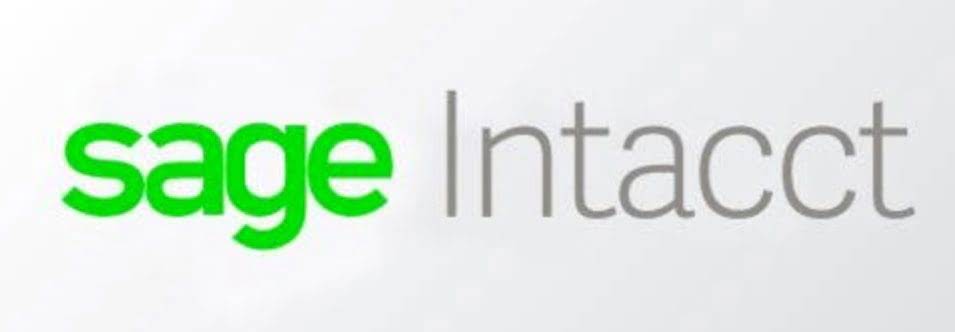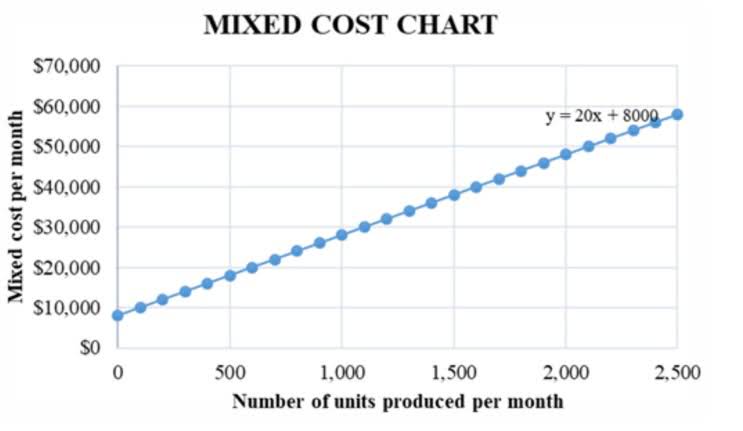
Explore everything you need to know about the concept of liquidity with our simple guide. In this article, we will delve into the order in which the items on the balance sheet appear, exploring the different categories and how they contribute to the overall financial outlook of a company. So, whether you’re a finance professional, an aspiring investor, or simply someone curious about financial statements, let’s dive into the details and unravel the mysteries of the balance sheet. An premium paid over the fair value of acquired company assets during a merger or acquisition. One of the most illiquid assets, as goodwill is only monetized when selling the entire business.
Liabilities:
These assets are essential for daily operations and liquidity management. A company with limited cash may still be liquid if it holds other assets that can be readily converted into cash. But if most of its other assets are difficult to quickly convert into cash, it could face liquidity issues. To track how a company’s cash position changes over time, accountants prepare a statement of cash flows, which shows all the cash coming in and going out of the business.
- A liquid asset is cash on hand or an asset other than cash that can be quickly converted into cash at a reasonable price.
- Divide current assets by current liabilities, and you will arrive at the current ratio.
- The data is presented from top to bottom in two columns i.e. assets and liabilities in one column and amounts in another.
- The order of liquidity for assets on a balance sheet is the order in which assets are listed from the most liquid asset to the least liquid asset.
- GAAP makes a clear distinction between the two, listing current liabilities first.
Where current assets are located on the balance sheet
- Audit standards prohibit arbitrary reordering of assets on balance sheets.
- The trick for the Fed is that there are no firm metrics to predict when those conditions will arrive.
- Business assets are usually reported by account classifications in order of liquidity, beginning with cash.
- On a balance sheet, assets are always listed in order of liquidity from high to low.
- The order of liquidity is the order in which assets are listed on a balance sheet, starting with the most liquid assets and ending with the least liquid assets.
- Beyond that, the investment bank says the Fed will have to start expanding its holdings with purchases in the first quarter of 2026, as part of the effort to keep money markets calm.
For example, a company may have the cash immediately on hand but also owe money to creditors in the form of current liabilities. Non-current liabilities are listed after current liabilities and include obligations due beyond one year. With liquidity ratios, there is a balance between a company being retained earnings able to safely cover its bills and improper capital allocation.
Supercharge your skills with Premium Templates
Therefore, cash is always listed at the top of the asset section, while other types of assets, such as Property, Plant & Equipment (PP&E), are listed last. So, GAAP and IFRS are like the Batman and Superman of accounting standards—both heroes in their own right but with different approaches to fighting crime (or in this case, financial discrepancies). Generally, accounting standards make sure a company’s financial statements are accurate and comparable—so we’re all playing the same game and not comparing apples to, say, unicorns. The excess cash is normally invested in low risk and highly liquid instruments to generate additional income. Cash Equivalents may include commercial paper, money market mutual funds, bank certificate of deposits, and treasury securities. Knowing how cash and liquidity differ helps you interpret financial information with more context and accuracy.
Shuttering the QT program may generate a dissenting vote from Bowman given her balance sheet preferences, Standard Chartered economists said. A wide range of economists in recent days has called for the Fed to announce an end to its quantitative tightening (QT) at the conclusion of its two-day policy meeting on Wednesday. The U.S. central bank’s policy-setting Federal Open Market Committee is also QuickBooks ProAdvisor widely expected to lower its benchmark interest rate by a quarter of a percentage point to the 3.75%-4.00% range at that meeting. So, what’s GAAP and what’s IFRS, besides sounding like noises you make when sneezing? GAAP stands for Generally Accepted Accounting Principles, and it’s the rulebook laid out by the Financial Accounting Standards Board (FASB).


In some cases, inventory may be resold quickly, so its place in the order of liquidity order of liquidity may vary by company. Balance sheet liquidity is a measure of a company’s ability to meet its financial obligations with its liquid assets. It is a financial statement prepared by all types of businesses (sole proprietors, partners, enterprise, etc.) at a given date. The balance sheet represents the financial position of a business at any given point in time. It shows the company’s assets along with how they are financed, which may be by debt, equity, or a combination of both.

- This order of liquidity provides a clearer picture of the company’s financial situation, showing how well it can meet its short-term obligations and how effectively it can convert its assets into cash.
- For reporting the financial health of a business, few reports are as essential as the balance sheet.
- With liquidity ratios, there is a balance between a company being able to safely cover its bills and improper capital allocation.
- Inventory might take a month or two to be converted through turnover and sales.
- But these assets generally take weeks or months to divest, compared to current asset liquidity measured in days.
- The arrangement of these items follows a predetermined structure that adheres to accounting principles and regulatory guidelines.
Government bonds may take a bit longer but still qualify as current assets in most cases. Marshalling refers to the arrangement of assets and liabilities on the balance sheet in a particular order. The assets and liabilities are shown in a logical order for helping the stakeholders in understanding the financial statements easily. Liquidity is one of the key factors that determine success in the world of business. Liquid assets ensure a company’s ability to meet its immediate financial obligations and operating expenses. In addition, the assets serve as the company’s protection from unforeseen adverse events, such as a recession or a sudden decline in demand for the company’s products or services.
